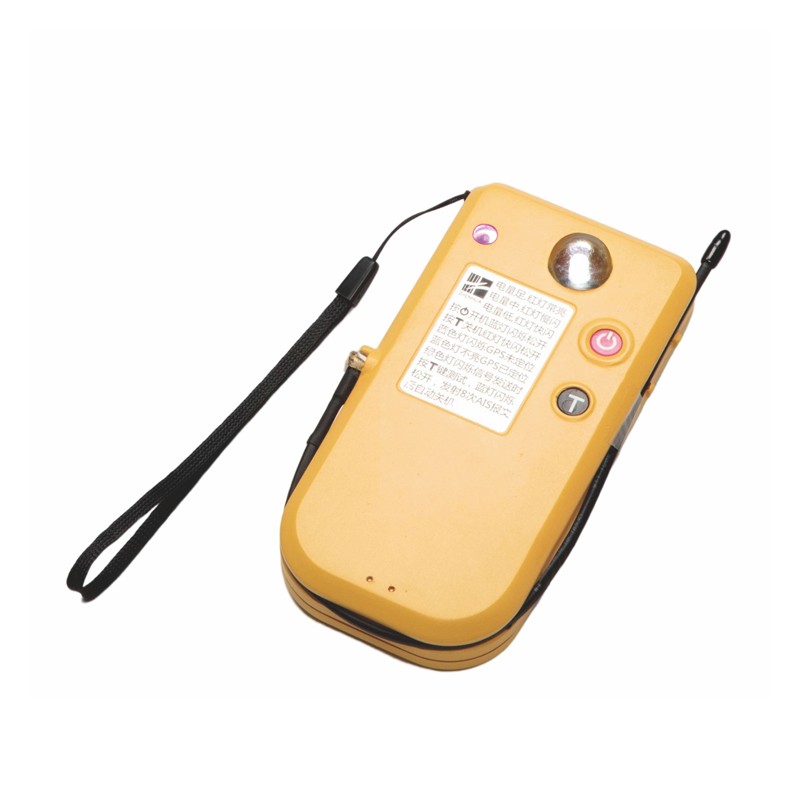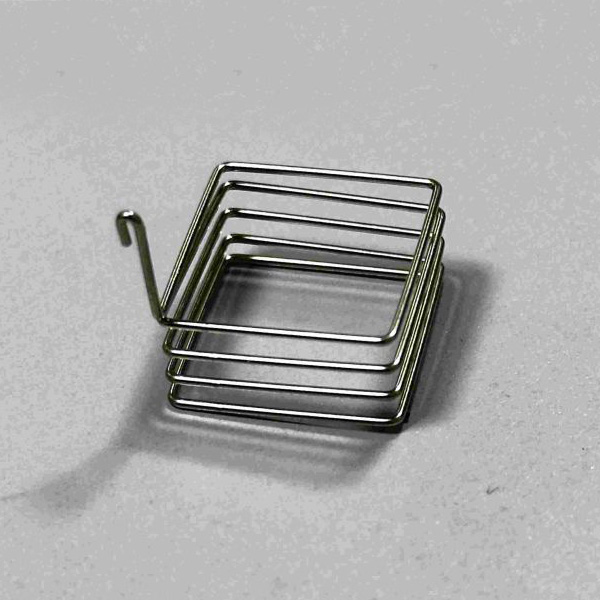Life-saving Positioning
Life-saving positioning refers to specific techniques and strategies used to place or position an individual in a way that maximizes their chances of survival in various emergency situations, especially when medical assistance or rescue is not immediately available. The goal of life-saving positioni......
Send Inquiry
Product Description
Life-saving positioning refers to specific techniques and strategies used to place or position an individual in a way that maximizes their chances of survival in various emergency situations, especially when medical assistance or rescue is not immediately available. The goal of life-saving positioning is to maintain the person's airway, circulation, and safety until professional help arrives. Here are some common examples of life-saving positioning:
1. The Recovery Position:
- The recovery position is used for individuals who are unconscious but breathing. It is especially important for individuals at risk of choking on their own vomit.
- To place someone in the recovery position:
a. Lay the person on their side with the uppermost arm bent at a right angle at the elbow.
b. Extend the uppermost leg to keep the body stable.
c. Tilt the head back slightly to keep the airway open and ensure that the mouth and throat are clear of obstructions.
2. The High-Fowler's Position:
- The high-fowler's position is often used in healthcare settings to help individuals with respiratory distress or difficulty breathing.
- In this position, the individual is seated upright at a 90-degree angle, which allows for improved lung expansion and easier breathing.
3. The Trendelenburg Position:
- The Trendelenburg position is used in healthcare settings for individuals experiencing shock, hypotension, or when there's a need to improve blood flow to the brain and vital organs.
- In this position, the individual is laid flat on their back with the feet elevated higher than the head.
4. The Prone Position:
- The prone position involves lying face down and is used in certain situations to help improve oxygenation in individuals with acute respiratory distress.
- This position may be used in medical settings, especially when there's a need to improve oxygen exchange or reduce pressure on the back.
5. The Supine Position:
- The supine position is the standard position for individuals lying on their back with their face upward. It's commonly used for assessment and medical treatment.
- It allows for easy access to the airway and chest area during cardiopulmonary resuscitation (CPR) and other life-saving procedures.
6. The Child Safety Position:
- The child safety position is used for children or infants to protect them from danger, such as during a car crash.
- In this position, the child is secured in a child safety seat designed to protect them during sudden stops or collisions.
The choice of life-saving positioning depends on the individual's condition and the specific emergency situation. Proper training in first aid and basic life support is crucial for individuals who may be called upon to provide immediate assistance in emergencies. It's important to remember that while these positions can be life-saving, professional medical help should be sought as soon as possible in serious situations.










